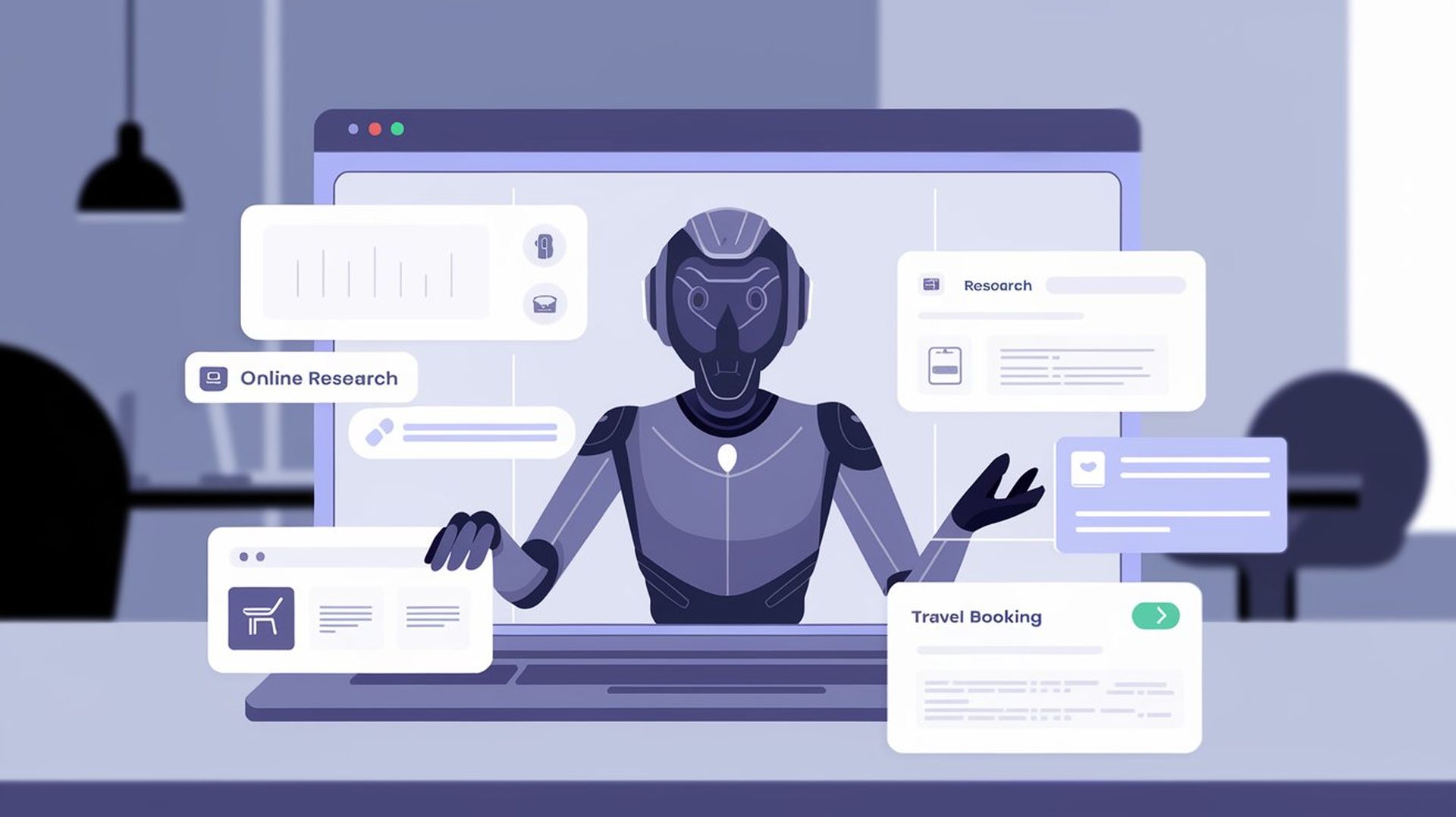Iron Man’s AI assistant, JARVIS (which stands for Jeriannetic Assistance Replicating Intelligence System), autonomously managing complex tasks has always been a tantalizing dream — so many people have imagined that they’re only legacies of science fiction. However, Google’s latest advances may be much closer to reality.
With “Project Jarvis,” Google is reportedly developing an advanced artificial intelligence (AI) system that promises to transform users’ interactions with technology, blurring the line between futuristic fiction and today’s tools.

Project Jarvis: A glimpse into Google’s AI-powered assistant
Insiders familiar with Google’s plans say the company is working on Project Jarvis, intended to help users take care of everyday tasks, potentially adding a new font of digital interactions. Project Jarvis is part of Google’s effort to delegate to a web browser the normal interaction needed with routine activities like gathering research, buying products, or booking travel arrangements. Unlike other voice-activated assistants, Project Jarvis would outperform them by understanding and automating web-based interactions seamlessly with features aimed specifically at Google Chrome.
This project is one of Google’s broader efforts to demonstrate Gemini AI’s capabilities, the advanced model Google expects to fuel Jarvis. According to reports, Jarvis can read the web visually and take and interpret screenshots. It could identify web elements, such as buttons, fields, text, etc., which allowed it to perform autonomous complex web tasks. While still in a relatively early development stage, where actions may take “a few seconds” to execute, Project Jarvis represents a significant step forward in user-centric AI.
However, Project Jarvis’s potential for everyday users makes it so special. Plenty of powerful enterprise-grade AI solutions are already available, and Google’s Project Jarvis seems to be manufactured specifically to deliver AI capabilities to consumers. It’s a shift from an AI as a passive tool, responding to questions or scheduling reminders, to an AI as a proactive agent that can take care of complex multi-step tasks without help.
Sundar Pichai, Google’s CEO, recently shared insights on how he envisions these AI “agents” will assist users, saying, “I think about [agents] as intelligent systems that show reasoning, planning, and memory. And because they can think multiple steps ahead, work across software and systems to get something done on your behalf and under your supervision.” The design of Project Jarvis is also in line with this vision, creating a more human-like understanding of digital processes and making better decisions.

What lies ahead for Google’s Project Jarvis?
Project Jarvis looks promising, but there are still hurdles to overcome. Since the system needs cloud computing to work sufficiently, its speed is somewhat limited because the AI has to stop every time it analyzes and acts. Nevertheless, there are challenges with Gemini yet, and these may recede as Google improves upon Gemini’s performance and embeds the technology deeper into Chrome.
As reported by the Information, a preliminary demonstration of Project Jarvis could happen as soon as December, with a limited rollout to testers to beta test productivity and user experience. If Project Jarvis is successful, it represents another step in developing autonomous AI systems working inside web environments—a real-world depiction of JARVIS from the movies.
Project Jarvis marks a big step forward from passive responding personal AI to autonomous agents that can anticipate and complete tasks independently. While there’s still work to be done, it gets us that much closer to the type of intelligent assistant that was far-fetched just a decade ago. While Google is elbow deep in figuring out exactly what AI can do in terms of how we live our day-to-day life, whether Iron Man’s JARVIS is going to take on flesh and blood, many of us believe it’s more a case of when, rather than if we, too, are all going to have a Jarvis of our own.
Image credits: Furkan Demirkaya/Ideogram





